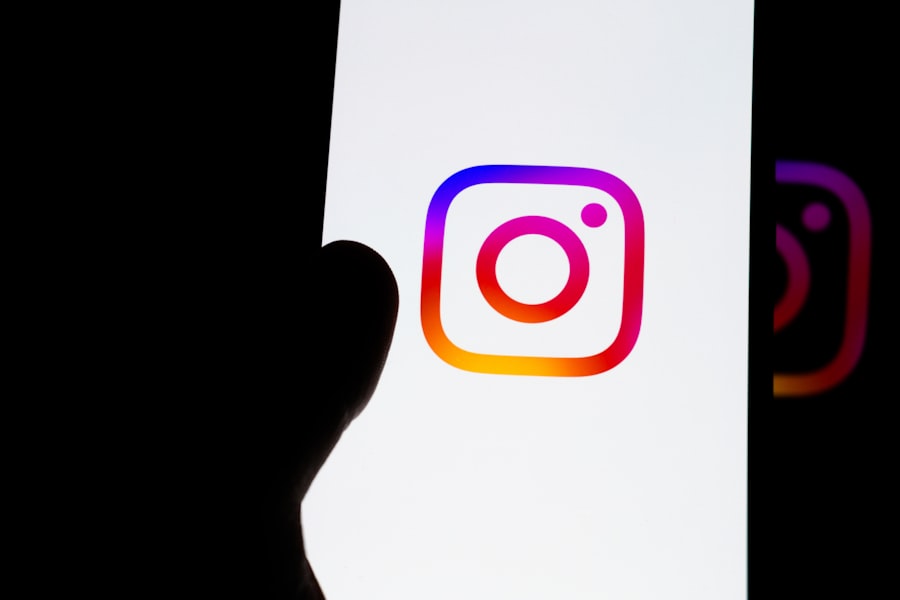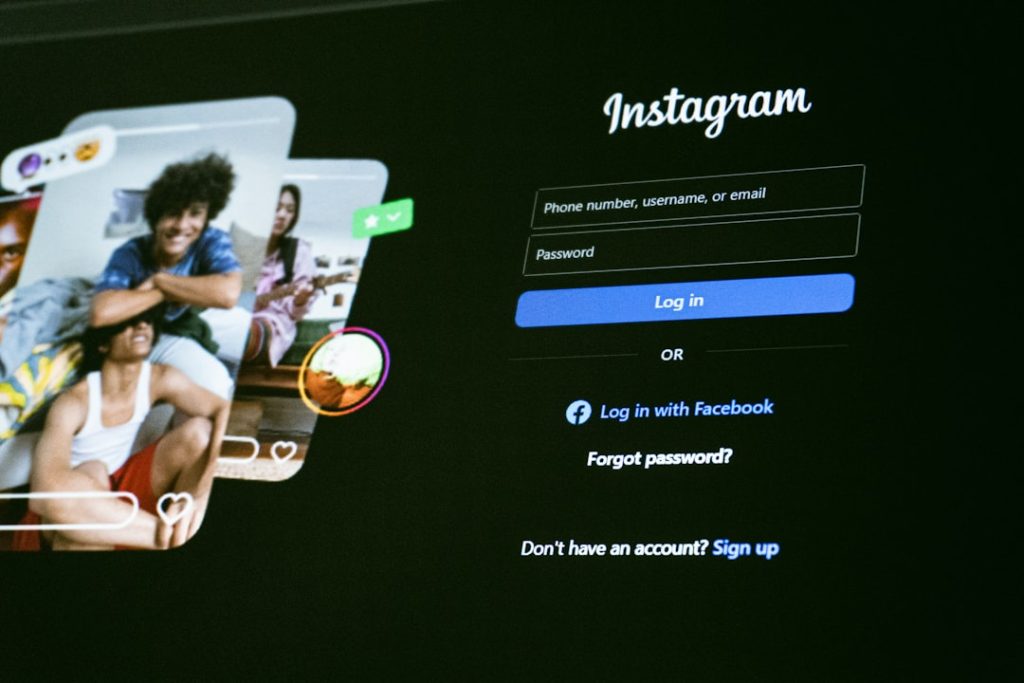Instagram has emerged as a powerful platform for businesses seeking to engage with their target audience through visually appealing content. The cost of advertising on Instagram can vary significantly based on a multitude of factors, making it essential for marketers to grasp the intricacies of the pricing structure. At its core, Instagram ads operate on a bidding system, where advertisers set a budget and bid for ad placements.
This auction-based model means that the cost can fluctuate based on competition, audience targeting, and the overall demand for ad space at any given time. The cost of Instagram ads is typically measured in terms of Cost Per Click (CPC) or Cost Per Thousand Impressions (CPM). CPC refers to the amount an advertiser pays each time a user clicks on their ad, while CPM indicates the cost for every thousand impressions the ad receives.
Understanding these metrics is crucial for businesses as they plan their advertising budgets and strategies. Additionally, Instagram offers various ad formats, including photo ads, video ads, carousel ads, and stories ads, each with its own pricing dynamics. This diversity allows advertisers to choose formats that align with their marketing goals and budget constraints.
Key Takeaways
- Understanding Instagram Ads Cost:
- Instagram ads cost is determined by various factors such as ad placement, targeting, and bidding strategy.
- Factors Affecting Instagram Ads Cost:
- Factors like audience targeting, ad placement, ad format, and competition can impact the cost of Instagram ads.
- Average Cost of Instagram Ads:
- The average cost per click (CPC) for Instagram ads is around
- Tips for Managing Instagram Ads Cost:
- To manage Instagram ads cost effectively, it’s important to set clear objectives, optimize ad targeting, and regularly monitor and adjust ad performance.
- Comparing Instagram Ads Cost with Other Platforms:
- Instagram ads cost can be compared with other platforms like Facebook and Google Ads to determine the most cost-effective advertising channel for a specific campaign.
- Strategies for Maximizing ROI with Instagram Ads:
- Strategies for maximizing ROI with Instagram ads include creating compelling visual content, leveraging Instagram’s targeting options, and testing different ad formats and messaging.
- Case Studies: Successful Instagram Ads Campaigns and Their Costs:
- Case studies of successful Instagram ads campaigns can provide insights into effective strategies and the associated costs for achieving specific marketing goals.
- Future Trends in Instagram Ads Cost:
- Future trends in Instagram ads cost may include advancements in ad targeting capabilities, changes in ad formats, and potential shifts in ad pricing models.
Factors Affecting Instagram Ads Cost
Several factors influence the cost of Instagram ads, and understanding these elements can help businesses optimize their advertising spend. One of the primary factors is audience targeting. The more specific and niche the target audience, the higher the competition for ad placements within that demographic.
For instance, targeting a broad audience may result in lower costs due to less competition, while targeting a highly specific group—such as tech-savvy millennials interested in sustainable products—can drive up costs due to increased competition among advertisers vying for that audience’s attention. Another significant factor is the ad quality and relevance score. Instagram employs an algorithm that assesses the quality of ads based on user engagement and feedback.
Ads that resonate well with users tend to have lower costs because they are deemed more relevant by the platform. Therefore, creating high-quality, engaging content is not just beneficial for user experience; it can also lead to reduced advertising costs. Additionally, seasonal trends and events can impact costs; for example, during holiday seasons or major events, demand for ad space typically increases, leading to higher prices.
Average Cost of Instagram Ads

The average cost of Instagram ads can vary widely depending on several variables, including industry, campaign objectives, and geographic targeting. On average, businesses can expect to pay between $0.70 to $1.00 per click for CPC campaigns and around $5 to $6 per 1,000 impressions for CPM campaigns. However, these figures can fluctuate based on the factors previously mentioned.
For instance, industries such as finance or insurance may experience higher CPC rates due to intense competition, while sectors like retail may see lower costs. Moreover, the type of ad format chosen can also influence costs. Video ads tend to have higher engagement rates but may come with a higher price tag compared to static image ads.
Carousel ads, which allow users to swipe through multiple images or videos, can also incur different costs based on their complexity and production quality. Businesses should analyze their specific goals and target audience when estimating potential costs, as this will provide a clearer picture of what they might expect to spend on their campaigns.
Tips for Managing Instagram Ads Cost
| Tip | Description |
|---|---|
| 1. Set clear goals | Define your objectives and key performance indicators (KPIs) to measure success. |
| 2. Target the right audience | Use detailed targeting options to reach the most relevant audience for your ads. |
| 3. Test different ad formats | Experiment with carousel ads, video ads, and story ads to see which performs best. |
| 4. Monitor ad frequency | Avoid ad fatigue by monitoring the frequency at which your audience sees your ads. |
| 5. Optimize ad delivery | Choose the most effective ad delivery optimization options based on your goals. |
Effectively managing Instagram ads costs requires a strategic approach that encompasses careful planning and ongoing optimization. One of the most effective strategies is to set a clear budget and stick to it. By defining a maximum daily or lifetime budget for campaigns, businesses can prevent overspending while still allowing room for experimentation with different ad formats and targeting options.
Utilizing Instagram’s ad scheduling feature can also help optimize spending by running ads during peak engagement times when the target audience is most active. Another critical tip is to continuously monitor and analyze campaign performance metrics. By keeping an eye on key performance indicators such as click-through rates (CTR), conversion rates, and engagement levels, advertisers can identify which ads are performing well and which ones need adjustments.
A/B testing different ad creatives or targeting options can provide valuable insights into what resonates best with the audience, allowing businesses to allocate their budgets more effectively toward high-performing ads.
Comparing Instagram Ads Cost with Other Platforms
When evaluating Instagram ads costs, it is essential to compare them with other social media platforms such as Facebook, Twitter, and LinkedIn. While Instagram often commands higher CPC rates due to its visual nature and younger demographic appeal, it also tends to deliver higher engagement rates compared to other platforms. For instance, Facebook’s average CPC ranges from $0.50 to $2.00, depending on various factors; however, its broader audience may dilute engagement levels compared to Instagram.
LinkedIn advertising typically incurs higher costs due to its professional focus and B2B targeting capabilities, with CPC rates often exceeding $5.00 in competitive industries. This makes Instagram an attractive option for brands looking to reach consumers in a more casual setting without sacrificing engagement potential. Ultimately, the choice of platform should align with the brand’s target audience and marketing objectives rather than solely focusing on cost comparisons.
Strategies for Maximizing ROI with Instagram Ads

Maximizing return on investment (ROI) from Instagram ads involves implementing targeted strategies that enhance both engagement and conversion rates. One effective approach is leveraging user-generated content (UGC). By encouraging customers to share their experiences with products or services through hashtags or contests, brands can create authentic content that resonates with potential customers while reducing content creation costs.
Additionally, utilizing retargeting strategies can significantly boost ROI by reaching users who have previously interacted with the brand but did not convert. By serving tailored ads to these users based on their past behavior—such as visiting a product page or adding items to a cart—businesses can remind them of their interest and encourage them to complete their purchase. This targeted approach often results in higher conversion rates compared to cold audience targeting.
Case Studies: Successful Instagram Ads Campaigns and Their Costs
Examining successful Instagram ads campaigns provides valuable insights into effective strategies and associated costs. One notable example is Nike’s “Dream Crazy” campaign featuring Colin Kaepernick. The campaign aimed to inspire consumers by promoting social justice themes while showcasing Nike’s products.
The campaign reportedly cost millions in production and media buys but generated significant buzz and engagement across social media platforms, leading to a 31% increase in online sales shortly after its launch. Another case study involves Airbnb’s use of Instagram Stories to promote unique travel experiences. By showcasing stunning visuals of properties and destinations through engaging stories, Airbnb effectively captured user attention while keeping production costs relatively low.
The campaign’s success was evident in increased bookings during peak travel seasons, demonstrating how creative storytelling can yield substantial returns on investment.
Future Trends in Instagram Ads Cost
As digital marketing continues to evolve, several trends are likely to shape the future landscape of Instagram ads costs. One emerging trend is the increasing integration of artificial intelligence (AI) in ad targeting and optimization processes. AI-driven algorithms can analyze vast amounts of data to identify patterns in user behavior, allowing advertisers to refine their targeting strategies more effectively and potentially reduce costs associated with ineffective ad placements.
Additionally, as privacy regulations become more stringent globally, advertisers may face challenges in data collection and targeting precision. This could lead to increased competition for available ad space as brands strive to reach their audiences without relying heavily on personal data. Consequently, businesses may need to adapt their strategies by focusing on building brand loyalty and community engagement rather than solely relying on targeted advertising.
In conclusion, understanding the complexities of Instagram ads costs is crucial for businesses aiming to leverage this platform effectively. By considering various factors that influence pricing and implementing strategic approaches to manage costs and maximize ROI, brands can navigate the competitive landscape of social media advertising successfully. As trends continue to evolve, staying informed about changes in consumer behavior and technological advancements will be essential for maintaining a competitive edge in Instagram advertising.


